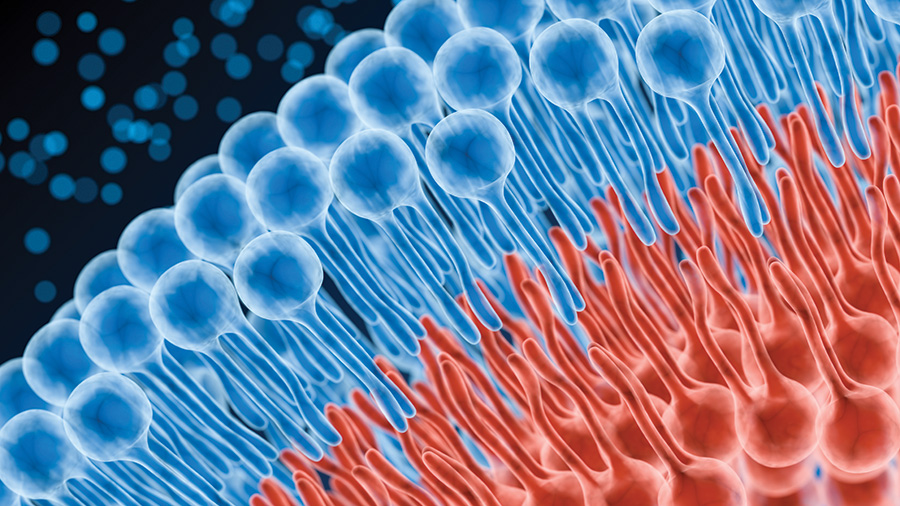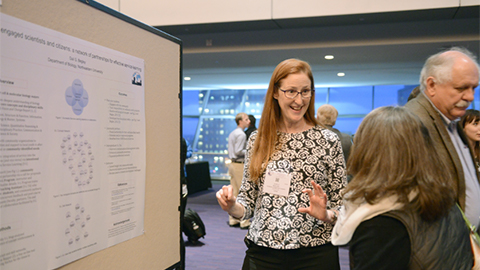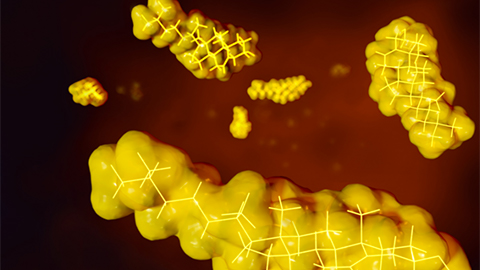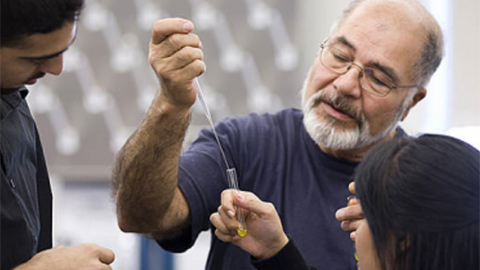Overview
The Lipid Research Division is a division of the American Society for Biochemistry and Molecular Biology. The LRD represents lipid research scientists of the society and addresses concerns that include, but are not limited to, national and international visibility, representation at the annual meeting and on scientific advisory panels, and increased funding for lipid research. Additionally, the LRD serves as a platform within the ASBMB to highlight progress in lipid research and to foster communication among lipid researchers and between lipid researchers and the broader ASBMB membership.
We invite all lipid researchers to join the division. ASBMB membership is required.
Activities
- Provides input to the ASBMB Meetings Committee relating to symposia, themes and sessions at the society's annual meeting.
- Provides a calendar of lipid-related meetings, a job board and links to resources for lipid researchers.
- Presents the Walter Shaw Young Investigator Award in Lipid Research, which the division established, at the society's annual meeting.
- Works closely with National Institutes of Health scientific review officers to increase representation of lipid researchers on appropriate study sections.
- Hosts monthly webinars that feature and attract lipid researchers from around the world.
- Publishes the "Lipid News" column in ASBMB Today and maintains an active presence on Facebook and Twitter.
- Collaborates with the European-based Lipid Maps organization to publish "Lipid Trends."
- Publicizes lipid research articles from the Journal of Lipid Research and the Journal of Biological Chemistry.
Researchers explored the lipid profiles of individuals with type 2 diabetes and identified potentially useful lipid biomarkers for this condition.
Researchers found that levels of two key fatty acids may predict worsening tolerance for glucose, independent of body fat and insulin levels. In turn, these fatty acids may serve as early T2D biomarkers.
Researchers found that sex hormone levels and diet both influence inflammation and lipid composition in obesity.
Researchers show that ApoA1, a key HDL protein, helps reduce plaque and necrotic core formation in atherosclerosis by modulating Bim-driven macrophage death. The findings reveal new insights into how ApoA1 protects against heart disease.
Highlights
Webinars
LRD Seminar Series
Presentations by young researchers highlighting their recent work in the field of lipids. Hosted by the ASBMB's Lipid Research Division.






